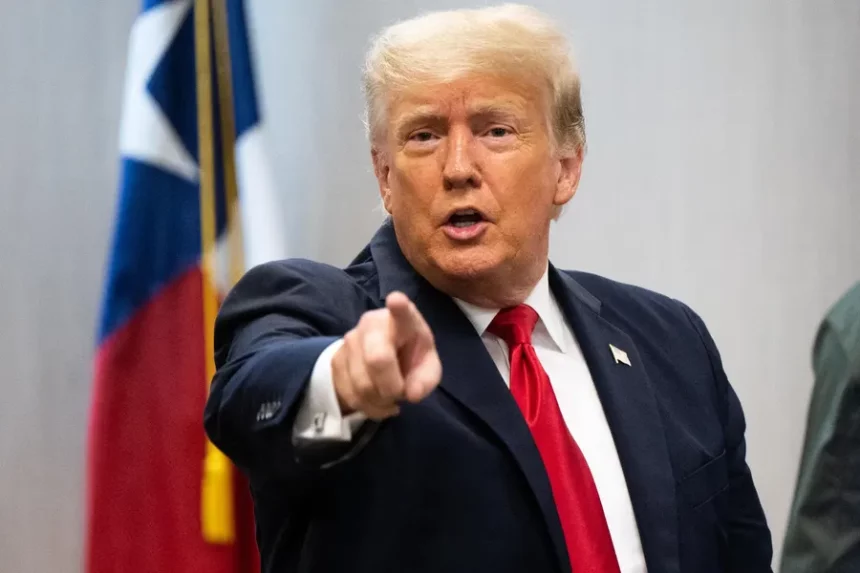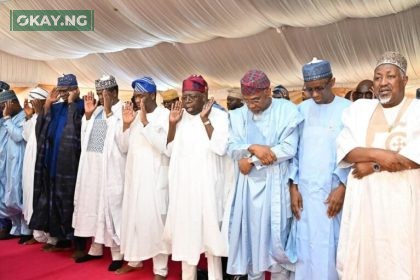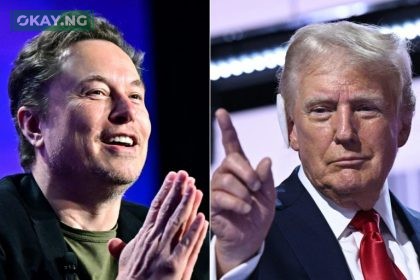Amidst a flurry of conflicting statements and mounting market anxieties, the White House has reaffirmed that President Donald Trump’s new reciprocal tariff rates are slated to take effect on April 2. This confirmation arrives following earlier remarks by Treasury Secretary Scott Bessent, which suggested a potential delay to facilitate negotiation. The tension between these pronouncements underscores the complex and evolving nature of the Trump administration’s trade policy.
“The intent is to enact tariffs on April 2,” a White House official stated, clarifying Bessent’s comments. This declaration leaves little room for ambiguity: unless foreign nations equalise their trade barriers with those of the United States, or unless the U.S. imposes higher tariffs, the new duties will be implemented. “Unless the tariff and non-tariff barriers are equalised, or the U.S. has higher tariffs, the tariffs will go into effect,” the official emphasised.
Bessent’s Perspective and Negotiation Window:
Secretary Bessent, in an interview with Fox Business Network, outlined a process where on April 2, each trading partner would receive a “reciprocal tariff number” reflecting their existing tariffs, non-tariff trade barriers, currency practices, and other pertinent factors. “On April 2, each country will receive a number that we believe represents their tariffs,” Bessent explained. “For some countries, it could be quite low; for some countries, it could be quite high.”
He further elaborated that the administration intends to engage in negotiations with these nations, offering them an opportunity to avoid the “tariff wall” by addressing perceived unfair trade practices. “We are going to go to them and say, ‘Look, here’s where we think the tariff levels are: non-tariff barriers, currency manipulation, unfair funding, labour suppression, and if you stop this, we will not put up the tariff wall,'” Bessent stated.
Market Anxiety and Economic Implications:
The divergent messages have contributed to heightened uncertainty within financial markets. Investors are increasingly concerned about the potential impact of these tariffs on inflation and economic growth, particularly in light of anticipated retaliatory measures from trading partners. This nervousness was palpable on Tuesday, as U.S. stocks experienced a decline ahead of the Federal Reserve’s rate decision.
Read Also: Trump Threatens Auto Tariffs, Rattling Markets and Trade Partners
These tariff changes have the potential to impact the daily lives of consumers and workers. Increased tariffs could lead to higher prices for imported goods, potentially affecting household budgets. For businesses, especially those reliant on international supply chains, the changes could necessitate adjustments in sourcing and production strategies. The implications for job security and economic stability are significant, and the potential for trade disputes to escalate adds another layer of complexity.
Challenges and Ongoing Developments
The implementation of reciprocal tariffs is a complex undertaking. As one White House official noted, “Details of the plan are still being worked out.” The U.S. Trade Representative’s office, under Jamieson Greer, is grappling with the technical challenges of calculating tariff rates across 186 World Customs Organisation members, each with unique duty structures. Furthermore, the inclusion of non-tariff barriers in the calculations adds another layer of complexity.
The Trump administration anticipates that the tariff announcements will prompt affected countries to offer concessions. Notably, India has already signalled a willingness to engage in negotiations, with recent discussions between Prime Minister Narendra Modi and President Trump leading to agreements aimed at resolving tariff disputes and expanding bilateral trade.
Targeting “The Dirty 15”:
Secretary Bessent highlighted the administration’s focus on the “Dirty 15,” a group of countries with high tariffs and substantial trade volumes with the U.S. These nations often employ regulatory barriers that impede the entry of American products into their markets.
British business and trade minister Jonathan Reynolds’ visit to Washington this week for meetings with Lutnick and Greer highlights the ongoing international dialogue surrounding trade. The discussions centred on the prospects of a bilateral trade deal emphasising technology.
As the April 2 deadline approaches, the Trump administration’s stance on reciprocal tariffs remains firm, despite the nuanced messaging from various officials. The potential economic ramifications and the ongoing negotiations underscore the critical importance of these policy decisions for the global trade landscape. The market watches, as the world awaits the final form of the tariffs and the potential for a trade war to begin.













